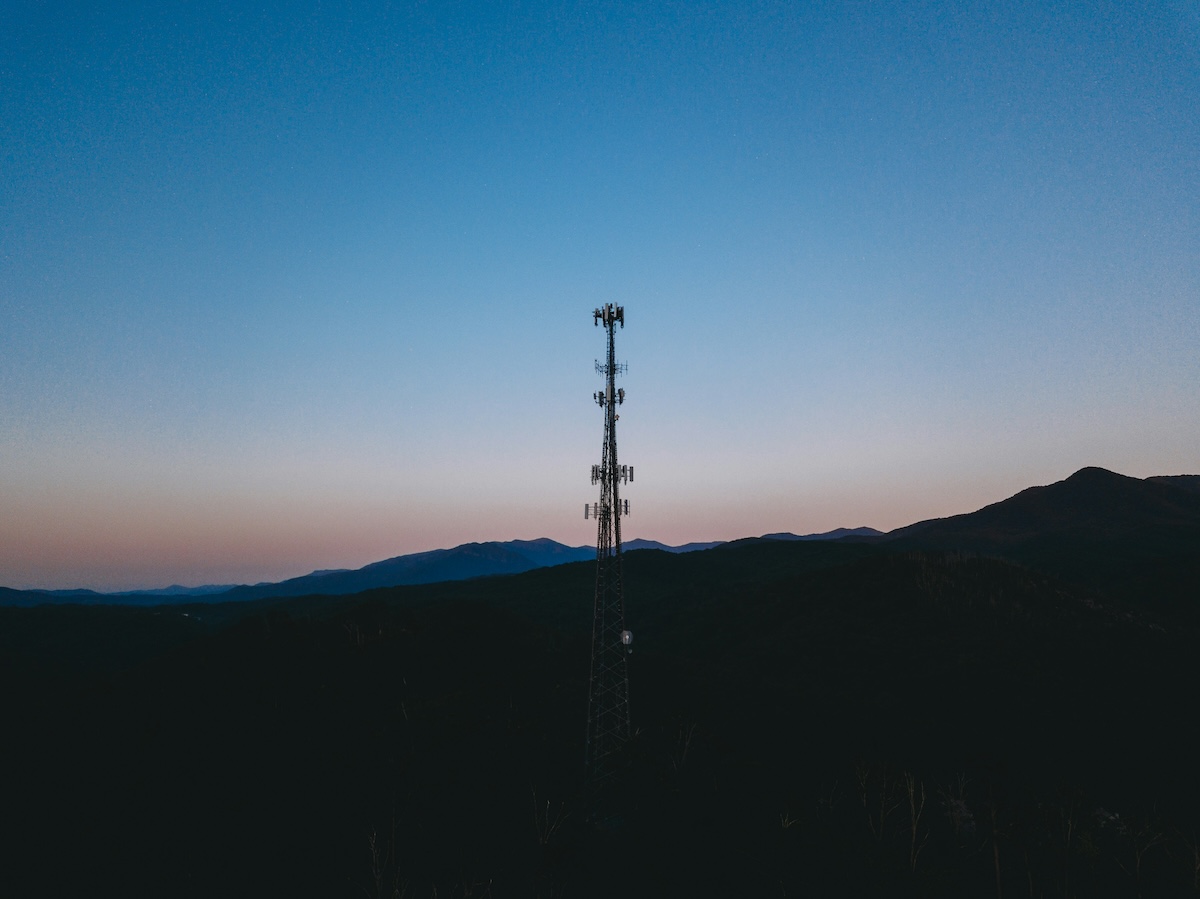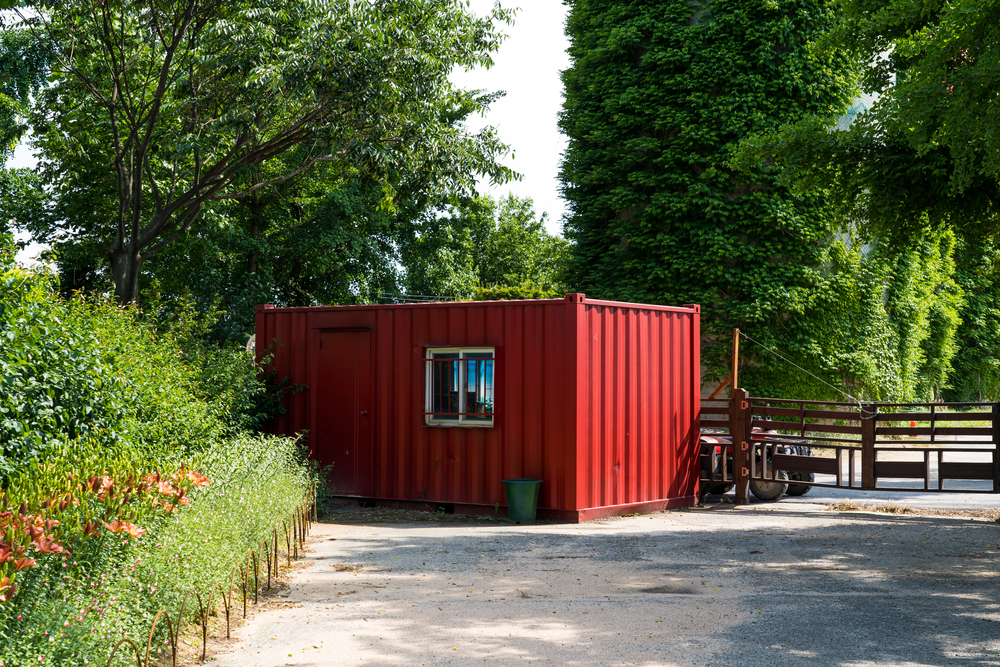Climate change is already hitting Mukuru, one of Nairobi’s largest slums. Built on waste lands along the Ngong River, muddy roads regularly flood with garbage. When the river bursts its banks, kids can’t get to school, sometimes for months. Climate experts predict more flooding in the decades ahead.
Activists and researchers have a novel strategy to help Mukuru’s residents adapt to the changing climate: secure land tenure. Mukuru, like slums around the world, includes land owned by outsiders. Residents live in fear of eviction. “We need more guarantees that we will be able to occupy this land in the future,” one resident told reporter Lou del Bello.
One option is to buy and convert private holdings into a community land trust. Such group tenure is now the norm in Thailand; the model is being replicated in Vietnam and Bangladesh. Secure land tenure leads to sewers, water lines and other infrastructure investments.
Nearly one billion people live in slums, including 60 percent of Nairobi’s population of 6.5 million. With the urban population forecast to reach five billion by 2030, cities – and slums – will be at the forefront of climate change. Around the world, ambitious experiments in housing and infrastructure, water and sanitation and flood control are helping slum residents adapt. The first step: secure land tenure.
Photo credit: AFP/Getty











